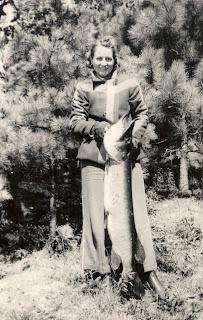Recently I attended another session at the Lighthouse Writers Workshop. This session was on writing a mosaic essay. As I understand it, the mosaic essay is also known as a segmented essay or braided essay. These names for essay types were all foreign to me, yet I realized that this is the style I had already chosen for the memoir writing that I plan to do. I had been calling my writing thematic essays, not realizing there were other names used for the format.
Mosaic or segmented essays are made up of different sections, or segments, that are separated by white space and that have no clearly written transitions between the sections. The sections do not have to appear in chronological order.
Braided essays are separate essays that are woven together.
The thematic essays that I am writing are a combination of all of these. I am basically taking one theme at a time from my life and writing everything I can think of that fits into that theme. There will be many random thoughts for each theme that I will weave together. Some possible essay titles I have are
Mosaic or segmented essays are made up of different sections, or segments, that are separated by white space and that have no clearly written transitions between the sections. The sections do not have to appear in chronological order.
Braided essays are separate essays that are woven together.
The thematic essays that I am writing are a combination of all of these. I am basically taking one theme at a time from my life and writing everything I can think of that fits into that theme. There will be many random thoughts for each theme that I will weave together. Some possible essay titles I have are
- Of Mice and Men
- The Northern Lights Have Seen Strange Sights
- I’ve Got Dibbies on Sleeping with Daddy
- No More Ice Cream
- We Named It Norway because It Was So Far Away
- They Never Said, “I Love You.”
- Mom Was a Race Car Driver
- Restricted Clientele
______________________
Here are some ideas for incorporating mosaic, segmented, and/or braided essays into the lessons of teachers of writing.
- Choose a topic that intrigues, inspires or interests you. (When I attended the Lighthouse Writers Workshop we first listened to a short lecture on the art form of mosaics. Then we each chose a mosaic that we liked from the exhibition in a gallery and related it in some way to our lives or experiences that we had each had.)
- Select five to 10 keywords and/or concepts that come to mind when you think about the topic.
- Write one or two paragraphs about each keyword and/or concept, without worrying about how all the keywords and paragraphs relate to each other.
- Edit each paragraph as a stand-alone, as if each paragraph were a mini essay.
- When you've finished revising, decide if you'd like to order them for the most logical flow of ideas, or if you'd like to order them according to tone, or subject matter.
- Decide if you want to leave the paragraphs disjointed or if you want to weave them together with connecting sentences or paragraphs.






